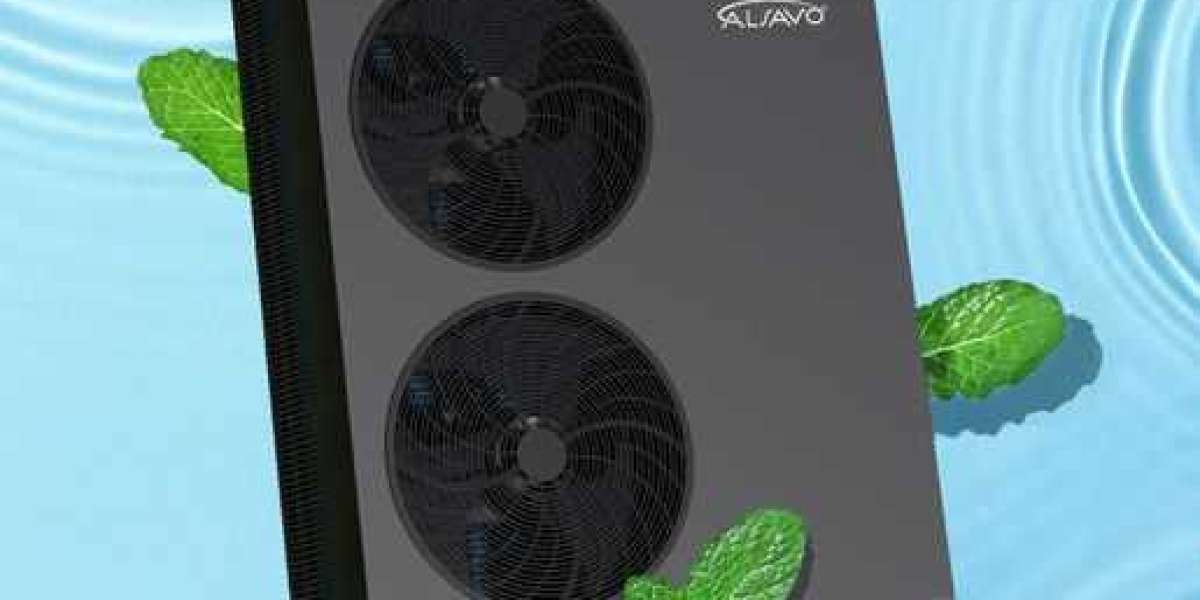air source heat pumps (ASHPs) are becoming increasingly popular as an energy-efficient and cost-effective way to heat and cool homes. However, one common issue that can arise with ASHPs is noise. If not properly insulated, ASHPs can produce loud and disruptive noise levels, which can affect the overall comfort of the home. To address this issue, acoustic insulation is an important consideration when installing an ASHP. In this article, we'll discuss the materials and installation methods used for acoustic insulation in ASHPs.
Materials for Acoustic Insulation
There are several materials that can be used for acoustic insulation in ASHPs, each with its own unique properties and benefits. Some of the most common materials include:
Mineral Wool: Mineral wool is a popular insulation material that is made from spun rock or glass fibers. It is known for its excellent sound absorption properties, making it an ideal choice for ASHP insulation. Mineral wool is also lightweight, easy to install, and fire-resistant, which is an important consideration for any heating or cooling system.
Foam Insulation: Foam insulation is another popular option for ASHP insulation. It is typically made from polyurethane or polystyrene foam and is known for its excellent sound-deadening properties. Foam insulation is also water-resistant, making it a good choice for outdoor ASHP installations.
Acoustic Barriers: Acoustic barriers are designed to absorb sound and reduce noise levels. They are typically made from a combination of materials, such as rubber, foam, or fiberglass, and are available in a range of thicknesses and densities. Acoustic barriers can be installed inside the ASHP enclosure or as an outer layer around the enclosure.
Mass-Loaded Vinyl: Mass-loaded vinyl is a heavy, flexible material that is designed to block sound transmission. It is typically made from a combination of vinyl and other materials, such as barium sulfate or silica. Mass-loaded vinyl can be installed inside the ASHP enclosure or as an outer layer around the enclosure.
Installation Methods for Acoustic Insulation
When it comes to installing acoustic insulation in ASHPs, there are several methods that can be used, depending on the specific requirements of the installation. Some of the most common methods include:
Enclosure Insulation: One of the most common methods for insulating ASHPs is to install insulation inside the ASHP enclosure. This involves wrapping the interior of the enclosure with insulation material, such as mineral wool or foam. This method is relatively easy to install and can help reduce noise levels significantly.
Barrier Insulation: Another method for insulating ASHPs is to install an acoustic barrier around the enclosure. This involves wrapping the outside of the enclosure with an acoustic barrier material, such as rubber or foam. This method can be more effective than enclosure insulation at reducing noise levels, but it can also be more expensive and time-consuming to install.
Duct Insulation: In some cases, the ductwork that connects the ASHP to the home's ventilation system can be a significant source of noise. Insulating the ductwork with acoustic insulation can help reduce noise levels and improve overall comfort in the home.
Vibration Isolation: ASHPs can also produce noise through vibrations, especially if they are installed on a concrete slab or other hard surface. Installing vibration isolation pads or mounts can help absorb these vibrations and reduce noise levels.If you want to know more, welcome to contact best air source heat pump manufacturers.
Choosing the Right Materials and Installation Method
When it comes to choosing the right materials and installation method for acoustic insulation in ASHPs, there are several factors to consider, including:
Budget: The cost of materials and installation will be an important consideration for most homeowners. Some materials and installation methods, such as mass-loaded vinyl and barrier insulation, can be more expensive than enclosure insulation or duct insulation.
Noise Reduction Requirements: The level of noise reduction required will depend on the specific installation and the preferences of the homeowner. Some installations may require more extensive insulation to achieve the desired noise reduction.
Environmental Factors: The location of the ASHP and the climate in the area will also need to be taken into consideration. For example, ASHPs located in coastal areas may require materials that are resistant to salt spray.
Maintenance Requirements: Some insulation materials may require more maintenance than others, which should be taken into consideration when choosing materials and installation methods.
Building Codes: Local building codes and regulations may also need to be considered when choosing insulation materials and installation methods.
Ultimately, the choice of insulation materials and installation methods will depend on the specific requirements of the ASHP installation. Working with a qualified HVAC professional can help ensure that the right materials and methods are chosen for the specific installation.
Conclusion
Acoustic insulation is an important consideration when installing an air source heat pump. Proper insulation can help reduce noise levels and improve overall comfort in the home. There are several materials and installation methods that can be used for acoustic insulation, including mineral wool, foam insulation, acoustic barriers, and mass-loaded vinyl. The specific choice of materials and methods will depend on factors such as budget, noise reduction requirements, environmental factors, maintenance requirements, and building codes. Working with a qualified heat pump company ;can help ensure that the right materials and methods are chosen for the specific installation.








